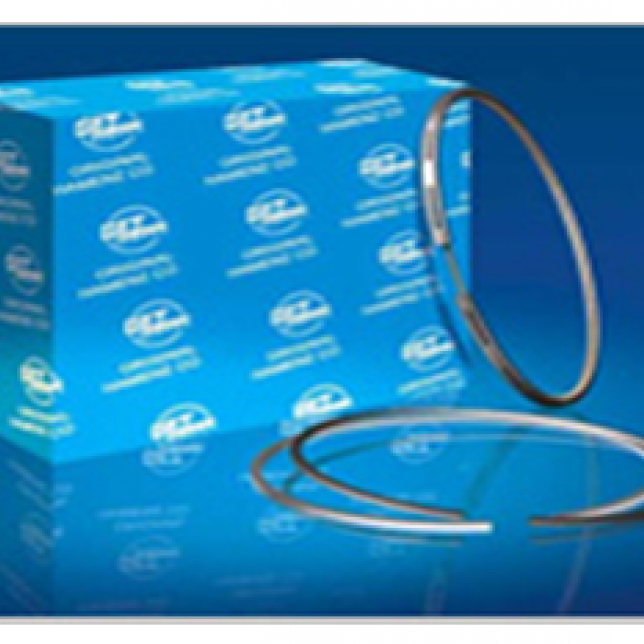Functions of Piston Rings
The purpose of an engine is to transform the energy released by the burning of an air / fuel mixture into useful motion. This process starts in the combustion chamber where the mixture is compressed and ignited. The expanding gases act on the piston and drive it downs the bore. The piston is attached to a connecting rod by the piston pin and the connecting rod works on a crankpin. This system causes the crankshaft to rotate. The piston must have some clearance in the bore to allow free movement. If the combustion gases are not to escape through this clearance and into the crankcase, thus wasting power there must be flexible seal between the piston and the bore. This seal is formed by piston rings in varying numbers. The complete set of rings on a piston is called the ring pack. The ring pack not only prevents combustion gases from being wasted and prevents oil, present on the cylinder walls, from entering the combustion chamber and being burned, but also provides a heat path from the piston to the cylinder walls. Oil control is affected mainly by the oil control rings which allow a very small quantity of oil to pass and lubricate the compression rings. The compression rings each in turn removes more oil and only allows a small quantity of oil to pass to lubricate the rings above. In this way the entire ring pack controls oil consumption to an acceptable level. The types of piston rings for each engine are selected to give the best performance for the type of engine and its operating conditions. The sealing function is two – fold in that the rings not only prevent the passage of the combustion gases from the combustion chamber into the crankcase, but also control the amount of oil which enters the combustion chamber. The sealing of the combustion chamber gases is important in the operating of the engine as excessive blow – by will result in a loss of power, overheating of the rings and the disturbance of the lubrication conditions on the cylinder walls. This function is performed primarily by the compression rings, i.e. the two top rings. This task is made difficult by the fact that the bearing surface of the piston rings and cylinder all must be supplied with small quantity of oil but this quantity must be at the same time adequate to lubricate the sliding parts under all operating conditions. The second function of the ring set is to prevent oil from passing up the cylinder bores and into the combustion chamber and this is not only the task of the oil rings, but also of the compression rings particularly in the early stages of bedding in. The third function is to conduct some of the heat from the piston to the cylinder bores.
